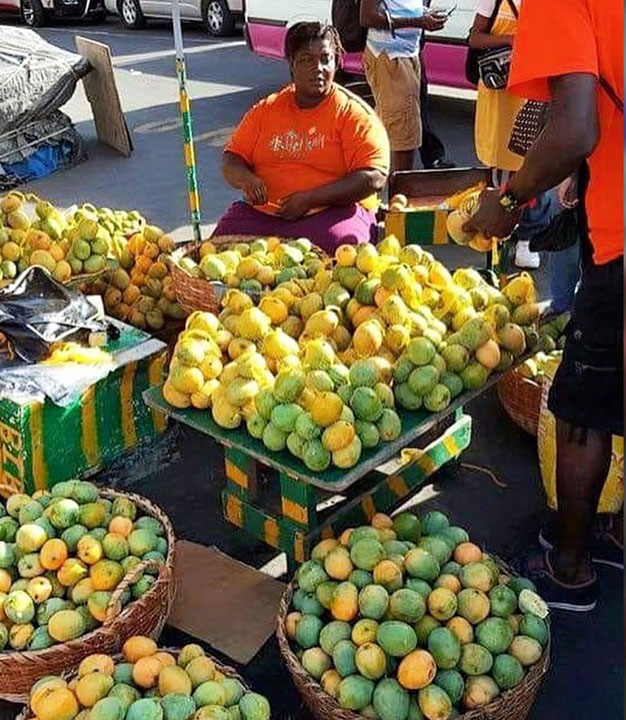Perhaps surprisingly, particularly given its well-known versatility and widespread popularity as a fruit eaten directly from the tree, the mango has not made as nearly a comparable impact in the Guyana agro-processing sector. Scour the supermarket shelves and vendors’ stalls in the various local food outlets and you are likely to find few mango-related agro-processed products – jams, jellies, chutneys, mango slices etc – available for sale even though there may be evidence of a wider range of home-made mango products to be found in domestic kitchens. And yet, based on the argument that mangoes are one of the most popular fruits in the world, (mangoes are enormously popular in China where more than 45 million tonnes are grown every year) it is difficult to put a hand on the reason why more has not been done with this fruit locally, up to this time. While mango, by its versatility, has made itself an important part of the agricultural sector in other countries in the hemisphere, reports continue to be received of the overabundance of mangoes during seasons of plenty in parts of Guyana. This means that much of the fruit must be fed to animals or else, simply disposed of.
A further indication of the global popularity as well as the impressive versatility of the mango is reflected in the Transparency Market Research revelation that globally, processed market product, primarily pulp, is expected to climb to US$2.043 billion by 2026. The new market report published by Transparency Market Research and titled “Processed Mango Product Market – Global Industry Analysis, Size, Share, Growth, Trends, and Forecast, 2018 – 2026,” states that the global processed mango product market for primary processed mango products and secondary processed mango products is estimated to reach a value of US$2,043.1 million and US$31,669 million respectively by 2026, with Asia/Pacific countries likely to possess the lion’s share of the production. These figures reflect the stunning versatility of the mango and serve as a sobering reminder to countries like Guyana about its economic potential.

